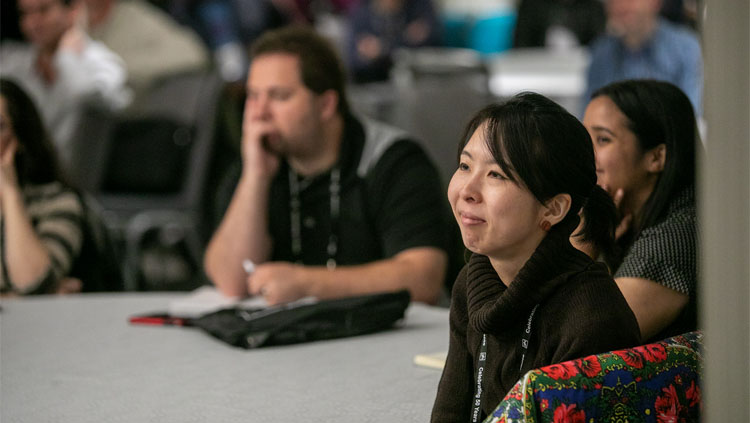How to Create an Inclusive Lab Environment Where Individuals Feel Valued

A lab environment where individual members feel heard can help you to run a successful lab in diverse settings. An important part of creating this kind of inclusive environment is in fact what happens outside the day-to-day work of the lab — asking lab members about their research interests, for example, or encouraging reflection.
At the 2019 Meet-the-Experts session “Twenty Years of Fear Research and Mentoring in Puerto Rico,” Gregory Quirk, PI of the Laboratory of Fear Learning at the University of Puerto Rico, shared that Puerto Rico has been building its presence in science, and that hard work has been bringing results for science across the island—in part due to attention to the lab environment.
The most impactful way to create an inclusive lab environment, he explained, is by providing opportunities for students to feel close to the work of the lab while also having their individual needs met.
A few simple strategies can help you to do this:
- Start a journal club (or several!). Journal clubs offer students a space to debate papers and to freely express their thoughts. You can organize them around a specific subject, like the topic of your lab’s research, or keep them open.
- Set up standing meetings with students. Reserving time to meet weekly with each student in your lab not only allows you to help them in a mentoring capacity but also gives them a chance to raise ideas about experiments and larger projects, which can later be shared with the whole group.
- Consider setting up lab meetings. Regularly bringing all lab members together offers a chance for everyone to discuss and clarify the goals of the lab. It also builds trust and can even lead to other activities as a group, like a retreat.
- Make the science meaningful to students. This doesn’t mean changing your lab’s focus, but rather asking every student: What would make neuroscience more meaningful to you? Approaches can include deciding on a research topic together that fits with students’ interests, and empowering them to think outside the box.
Importantly, Quirk’s lab also promotes team bonding through trust exercises, a mindfulness practice, and group travel. All of these activities go toward creating an environment in which every lab member feels involved and like they are a unique and valuable member of the team.
Creating a new lab environment can be hard for a multitude of reasons, as the audience pointed out in their questions — making time, selecting lab members, remembering to sleep — but Quirk’s unfailing response was that you are responsible for the culture of your lab.
I find his response empowering. We are responsible for the environment in our labs. We work not only with rats and cells but with other human beings, so if we take the time to connect with students on a more personal level, we can help them to grow as scientists and science to evolve in its own way.






